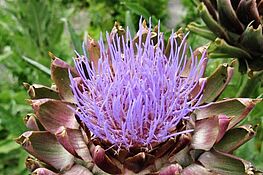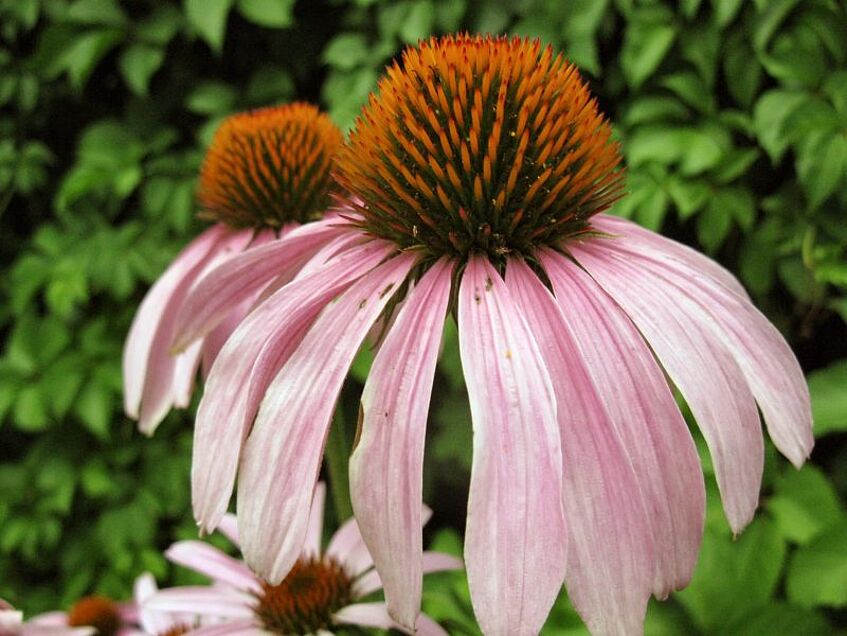Understanding by Touching
Especially in the digital era, it is necessary to motivate students to not only encounter plants in their lecture notes virtually or on the screen but also to actually experience them in nature.
Students have the opportunity to do so in the medicinal plant garden of the Department of Pharmacognosy at the University of Vienna. The garden offers an extensive collection of native and alien medicinal, spice and food plants. These plants serve as demonstration material for students and teachers and provide a basis for research at the Department.
The Garden
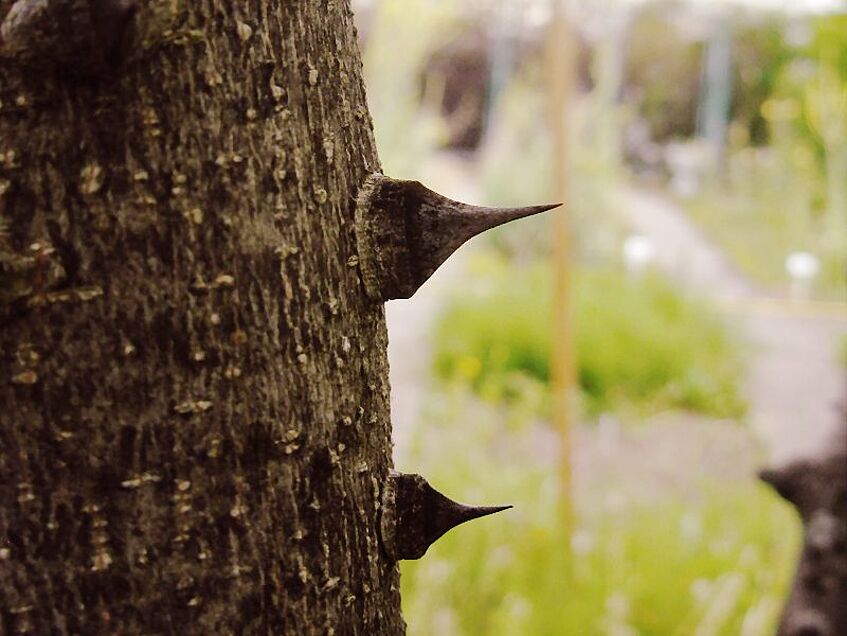
The Garden
A digital platform has been added to the medicinal plant garden with the kind permission of the Digitaler Apothekergarten (digital apothecary garden) of the Heinrich Heine University Düsseldorf (website in German). This platform enables visitors to access varied information on the Internet by scanning a QR code next to the plants. Such information can include, for example, which ingredients of this plant are active or which parts of the plant are used as drugs.
Spice and Food Plants
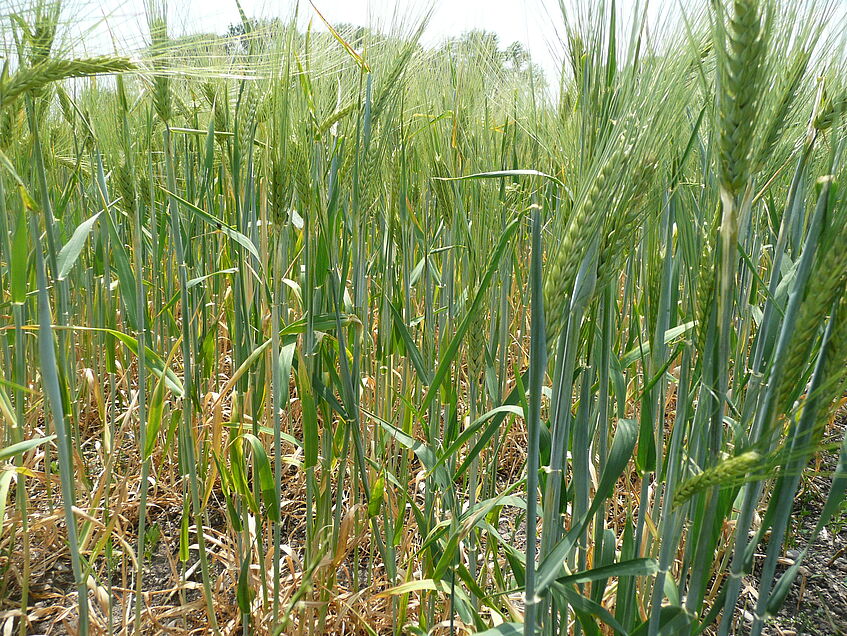
Spice and Food Plants
Apart from cereals and pseudocereals that are important for human nutrition, visitors can also watch chia, psyllium and flax-seeds as well as guar and various onions as they grow. In addition, several spices, many of which are also medicinal plants, invite the visitors to get to know and comprehend them.
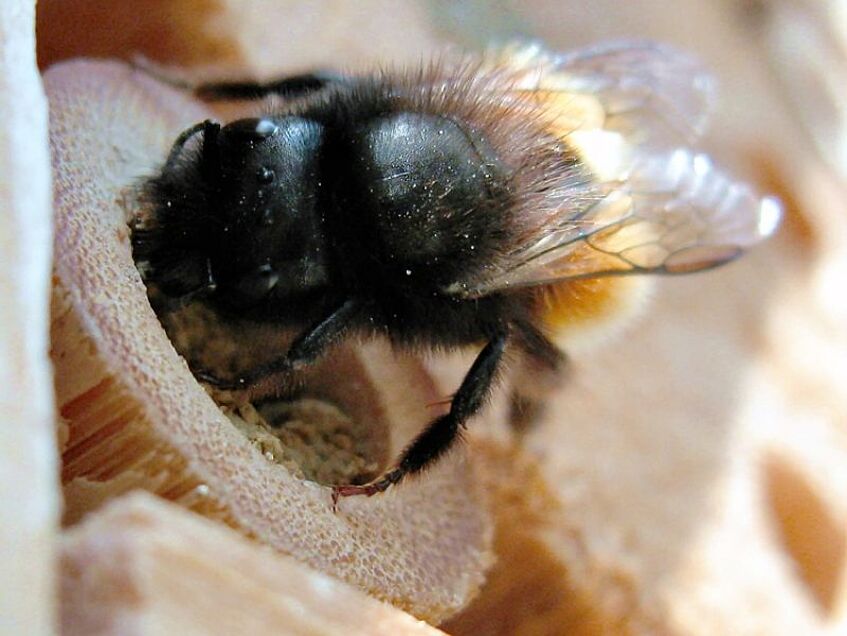
To make the garden more ecologically valuable, insect hotels and a deadwood corner have been built. Furthermore, the substrates are peat-free except for the bog patch.
History of the Garden
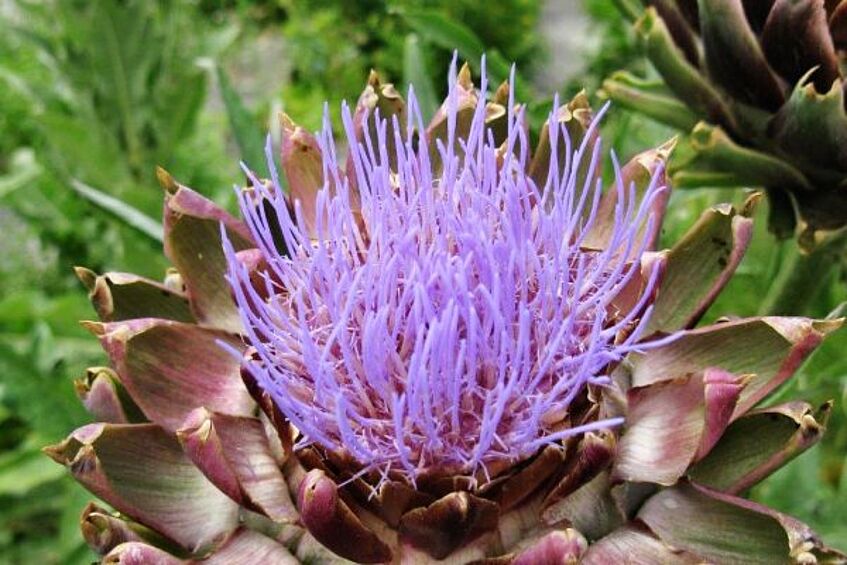
History of the Garden
For many decades, the medicinal plant garden had been part of the Josephinum (Währingerstrasse 25, 9th Viennese district). However, due to the acquisition of the area by the newly founded Medical University of Vienna, the garden had to be transferred to the pharmacy premises. Thus, the garden was relocated to an area with concrete ground near the Spittelau district heating plant. In the 1990s, this location was cause for concern, but the garden is well established today and although it is less spacious than before, it does live up to its purpose.
Links
The link below leads to the virtual herbarium of the University of Vienna (Virtual Herbaria JACQ database) and was made available by the Vienna University Library. This virtual herbarium gives access to (several million) digitised herbarium records that include professionally dried plants, valid plant names, information about the plants’ distribution and often also photos of the plants in nature. Through the database, interested persons also gain insight into the basics of botanical documentation. In addition, the database is an essential instrument for anyone working academically with medicinal, spice and food plants.
https://bibliothek.univie.ac.at/sammlungen/herbarium.html
The ‘Österreichische Pflanzenliste essbarer Wildpflanzen und Blüten’ (Austrian list of edible wild plants and flowers) of the Federal Ministry of Labour, Social Affairs, Health and Consumer Protection
comprises wild plants and flower petals that food producers and restaurateurs use mainly fresh for innovative products. Some of the plants in this list are spices, others are medicinal plants or used as colouring agents. However, most of the plants grow wild and are rather unusual for pharmacists and nutritional scientists.
Contact
Address:
University of Vienna
Department of Pharmaceutical Sciences
Pharmacy building, UZA II
Access via: Spange (wing) G, Ebene (level) 1
Josef-Holaubek-Platz 2
1090 Vienna
Opening hours:
Monday to Friday: 9:00 to 15:00
During the opening hours, free admission to the medicinal plant garden.
Administration:
Christoph Wawrosch
Department of Pharmaceutical Sciences
Hosef-Holaubek-Platz 2
1090 Vienna
Email: christoph.wawrosch@univie.ac.at

